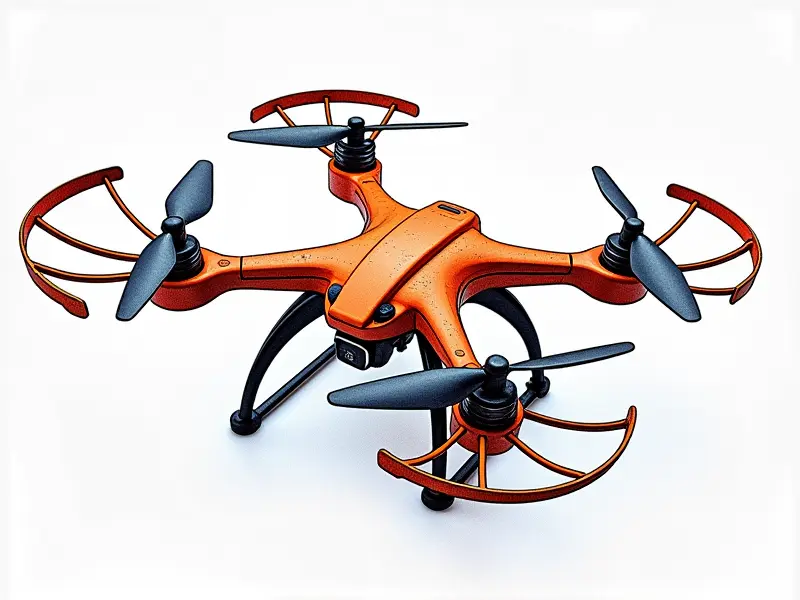RC plane crash repair tips

Quick Fixes for RC Aircraft Crashes
When your remote-controlled (RC) plane crashes, the first few moments are crucial. Quick action can save your aircraft from extensive damage and costly repairs. Here’s a step-by-step guide to address common issues:
- Assess the Damage: Take stock of what's broken or bent without touching it initially.
- Safeguard Electronics: Disconnect all batteries and remove any sensitive components like servos, ESCs (Electronic Speed Controllers), and receivers to prevent further damage from moisture or impact.
- Clean Up: Use a soft cloth or brush to clean debris and dirt off the aircraft. This prevents corrosion and ensures that you can see all the damage clearly.
Surviving an RC Plane Crash: Repair Advice
The aftermath of an RC plane crash is often daunting, but with proper guidance, you can turn a potentially catastrophic event into a minor setback. Here are some essential tips:
- Document the Damage: Take photos or videos to document the extent and nature of the damage before making any repairs.
- Identify Critical Components: Determine which parts need immediate attention and prioritize them based on their importance for flight safety.
- Seek Expert Advice: Consult online forums, YouTube tutorials, or fellow RC enthusiasts to get insights from experienced pilots who have faced similar issues.
Essential Tools for RC Plane Crash Fixes
To effectively repair your crashed RC plane, having the right tools is paramount. Here’s a list of must-have items:
- Screwdrivers and Pliers: For disassembly and reassembly.
- Multimeter: To check electrical components for continuity or shorts.
- Hobby Knife: Useful for trimming excess material or removing damaged parts.
- Soldering Iron: Essential for repairing circuit boards and solder joints.
D-I-Y RC Plane Crash Recovery Guide
Repairing your RC plane after a crash can be both challenging and rewarding. Follow these steps to bring your aircraft back to life:
- Disassemble the Aircraft: Carefully remove all components that are not integral to the structure.
- Inspect Each Part: Look for cracks, dents, or other signs of damage. Replace any parts that cannot be fixed easily.
- Rebuild and Test: Once everything is reassembled, conduct a thorough test flight to ensure all systems are functioning correctly.
Minimizing RC Airplane Crash Repairs
To minimize the need for repairs after crashes, it’s important to adopt preventive measures. Here are some strategies:
- Use Durable Materials: Opt for components made from high-strength materials like carbon fiber or aluminum.
- Proper Landing Techniques: Master the art of soft landings to reduce impact forces during crashes.
- Maintain Regular Check-ups: Inspect your aircraft regularly and address minor issues before they become major problems.
Revive Your RC Plane Post-Crash Damage
Bringing your crashed RC plane back to its former glory requires patience, skill, and the right approach. Here’s how you can revive it:
- Repair Structural Components: Use epoxy or super glue to fix cracks and reinforce weakened areas.
- Replace Damaged Electronics: If any electronic components are beyond repair, replace them with new ones from reputable suppliers.
- Paint Touch-ups: Restore the aesthetics of your plane by applying fresh paint over damaged sections.
Common RC Plane Crash Issues & Fixes
Crashes often result in specific types of damage. Understanding these common issues and their solutions can save you time and effort:
- Bent Wings: Straighten them using a heat gun or hot water to soften the foam, then carefully bend it back into shape.
- Dented Fuselage: Use filler material like epoxy putty to smooth out dents and restore structural integrity.
- Cracked Propeller: Replace cracked propellers immediately as they can cause catastrophic failure during flight.
Salvaging Your RC Plane After a Hard Landing
A hard landing might not be a total loss if you act quickly. Here’s how to salvage your aircraft:
- Immediate Assessment: Check for any visible damage and assess the condition of critical components.
- Clean and Dry: Wipe down all parts with a dry cloth, paying special attention to electronics.
- Reassemble and Test: Put everything back together and conduct a test flight to ensure it’s ready for action again.
Tips for Rebuilding Your RC Plane Post-Crash
Rebuilding your RC plane after a crash can be a rewarding process if approached methodically. Here are some tips:
- Follow Manufacturer’s Instructions: Refer to the manual or online guides provided by the manufacturer for specific repair procedures.
- Practice Patience: Take your time and avoid rushing through repairs, which can lead to mistakes or incomplete fixes.
- Document Your Progress: Keep track of what you’ve done so far. This will help in case you need to revisit a particular area later on.
Recovering from an RC Plane Crash: A Guide
The process of recovering from an RC plane crash involves several stages, each crucial for the overall success:
- Initial Assessment: Evaluate the extent and type of damage sustained.
- Repair Planning: Develop a repair plan that prioritizes critical components over cosmetic ones.
- Execution: Carry out repairs systematically, starting with the most urgent tasks first.
- Testing and Validation: Perform thorough tests to ensure your plane is safe for flight again.
Essential Tools for Repairing Crashed RC Planes
To effectively repair a crashed RC plane, having the right tools at hand is essential. Here’s an inventory of must-have items:
- Screwdrivers and Pliers: For removing and replacing screws and other fasteners.
- Multimeter: To test electrical components for continuity, resistance, or voltage.
- Epoxy Putty: Useful for filling in cracks and dents to restore structural integrity.
By following these guidelines and using the appropriate tools, you can successfully repair your RC plane after a crash and get it back into the air.
The journey of repairing an RC plane after a crash is both challenging and rewarding. With careful planning, patience, and the right approach, you can bring your beloved aircraft back to life and continue enjoying its flight capabilities.

